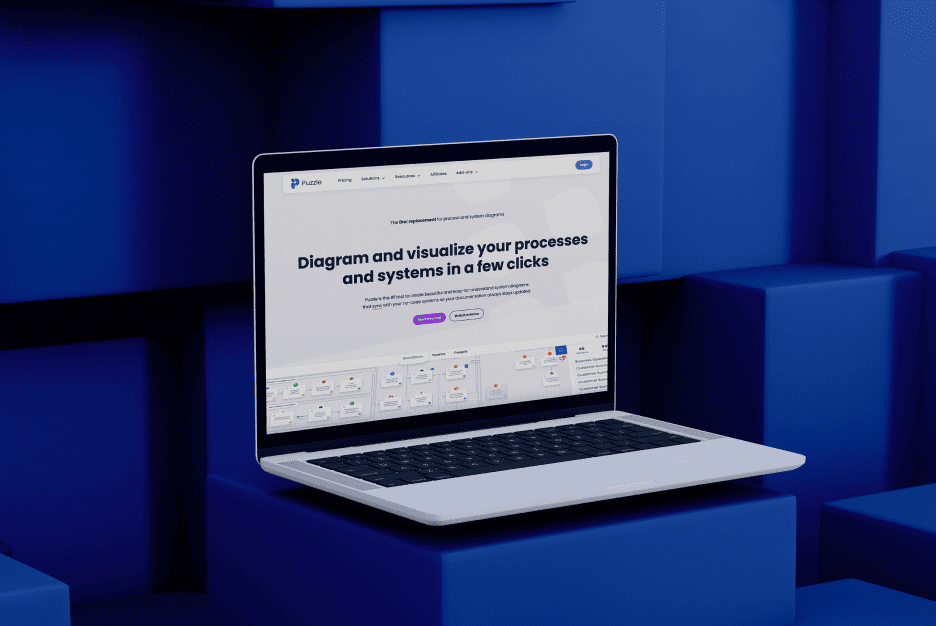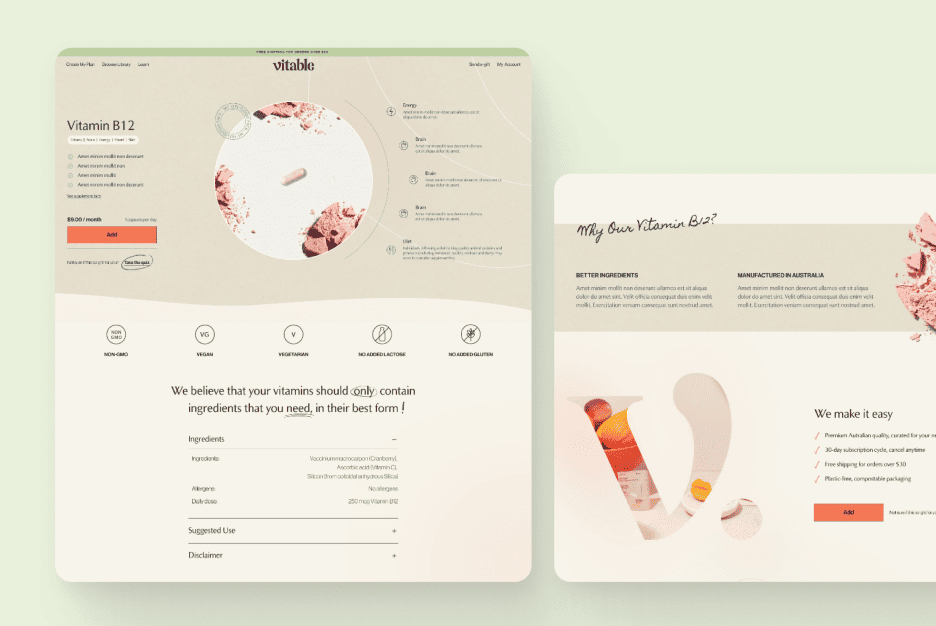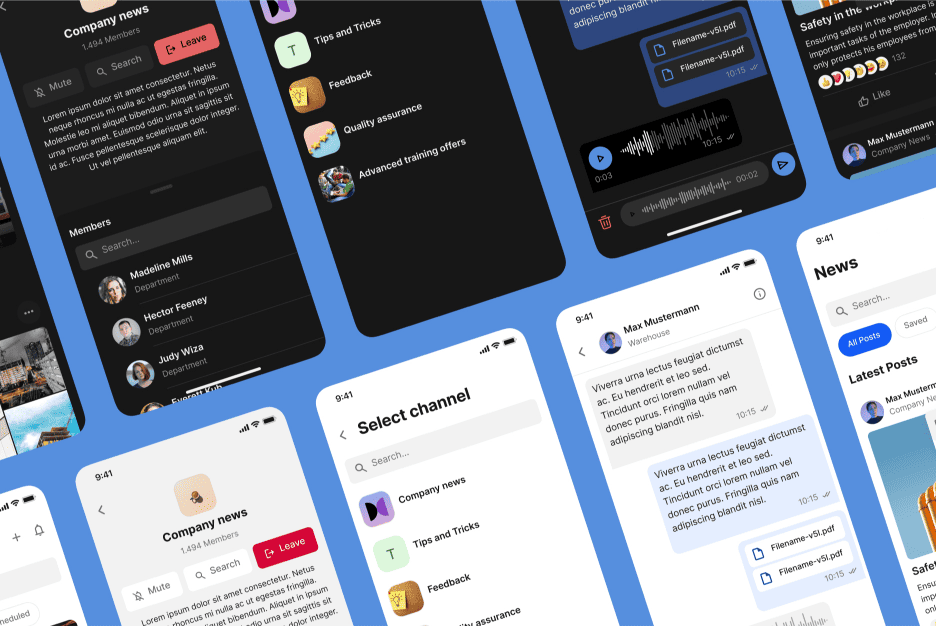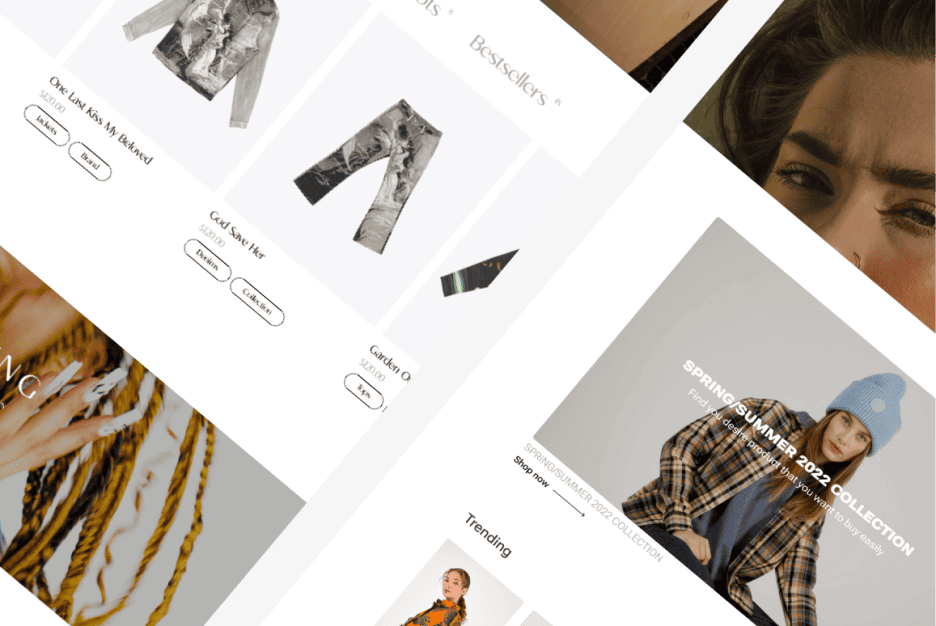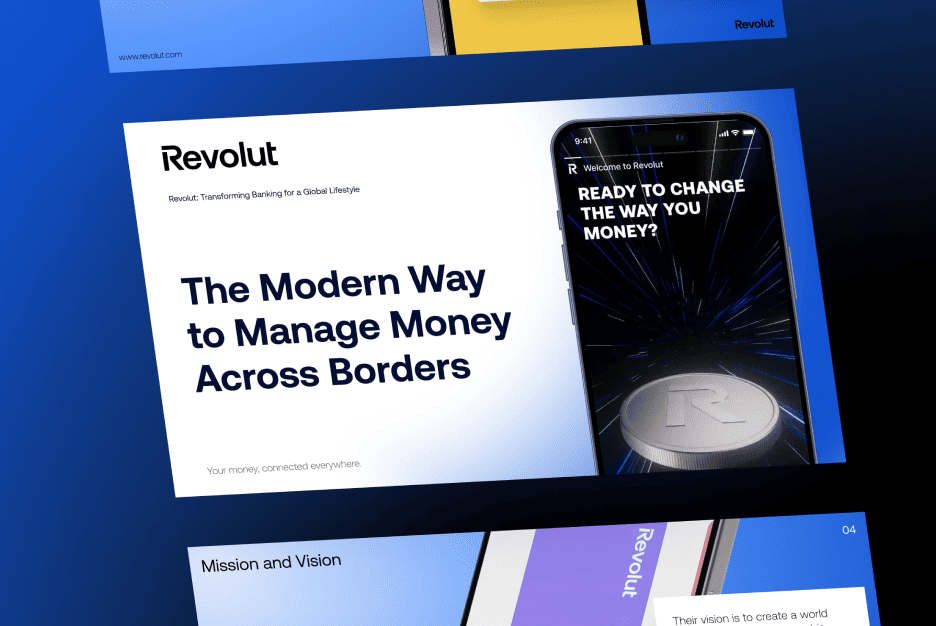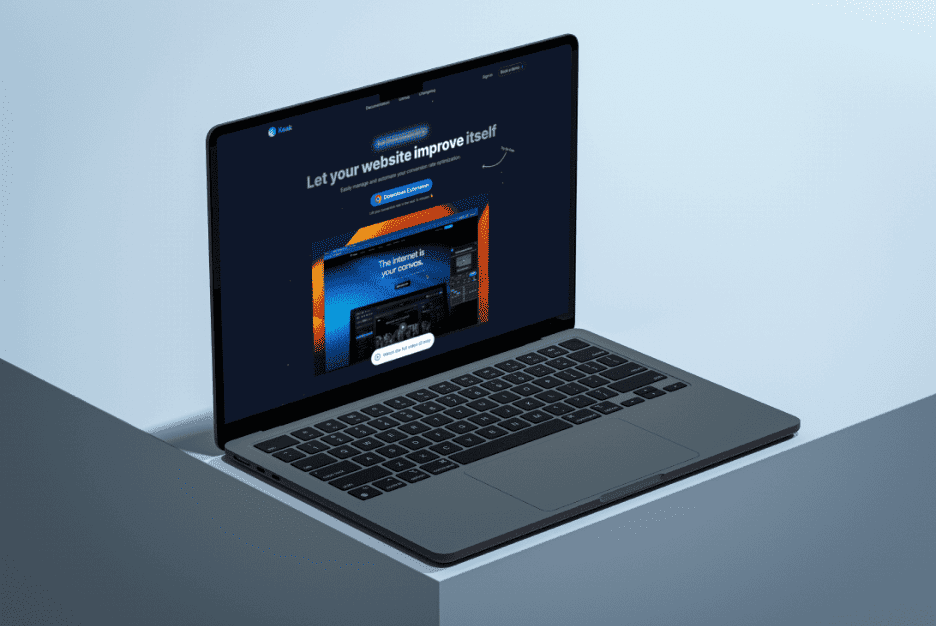The digital design landscape in 2025 is buzzing with a revolutionary concept that’s turning heads and sparking debates: Apple’s “Liquid Glass.” Unveiled with fanfare at WWDC 2025, this cutting-edge UI approach has been integrated into iOS 26, iPadOS 26, macOS 26 Tahoe, watchOS 12, and tvOS 30, introducing semi-transparent, glass-like interfaces with dynamic reflections and adaptive lighting effects. At Almax Agency, we’re dissecting this trend to understand its origins, its potential to transform web design, and the critical accessibility and environmental challenges it poses. This in-depth exploration will guide you through the intricacies of “Liquid Glass,” offering actionable insights to navigate its impact on your next project.
What is Apple’s Liquid Glass and Where Did It Originate?
“Liquid Glass” represents Apple’s latest evolution in user interface design, blending the immersive depth of VisionOS—its mixed-reality platform—with a modern reinterpretation of glassmorphism. This design philosophy employs translucent layers, soft shadows, and real-time adaptations to ambient light, creating interfaces that feel fluid and three-dimensional. The concept traces its lineage to Apple’s storied design history: the skeuomorphic richness of Aqua in Mac OS X, the minimalist flat design shift with iOS 7, and now this dynamic, adaptive aesthetic.
The official debut at WWDC 2025 showcased “Liquid Glass” in action, with demos highlighting how it enhances the user experience on Apple’s ecosystem, from iPhones to Macs and even smartwatches. Industry analysts suggest this move was inspired by the success of VisionOS, which redefined spatial computing, and aims to unify Apple’s design language across devices. According to Smashing Magazine, this trend mirrors a broader industry pivot toward interactive, context-aware interfaces, positioning Apple as a trendsetter once again. However, this bold step has ignited a firestorm of discussion among designers, developers, and accessibility experts, questioning its feasibility and inclusivity.
The Accessibility Tightrope: Beauty vs. Usability
While “Liquid Glass” captivates with its visual elegance, it walks a tightrope when it comes to accessibility—a cornerstone of modern web design. The semi-transparent overlays and low-contrast elements can render text and icons illegible, particularly on intricate backgrounds or in low-light conditions. This poses a significant barrier for users with visual impairments, such as those with color blindness or low vision, who rely on high contrast for navigation. WebAIM recommends a minimum contrast ratio of 4.5:1 for normal text, a standard that “Liquid Glass” often struggles to meet due to its reliance on transparency.
At Almax Agency, we’ve long advocated for inclusive design principles, as detailed in our comprehensive guide Breaking Barriers in 2025: How to Design Websites Everyone Can Use with Ease. The challenge with “Liquid Glass” lies in its potential to obscure critical content, making it difficult for screen readers to interpret layered elements accurately. For instance, a button with a translucent background might blend into a busy image, leaving users guessing its purpose. This tension between aesthetic innovation and functional accessibility requires a strategic approach, which we address in our project launch strategies outlined in 5 Secrets to Maximize Value When Launching a Design Project, emphasizing thorough testing and user feedback loops.
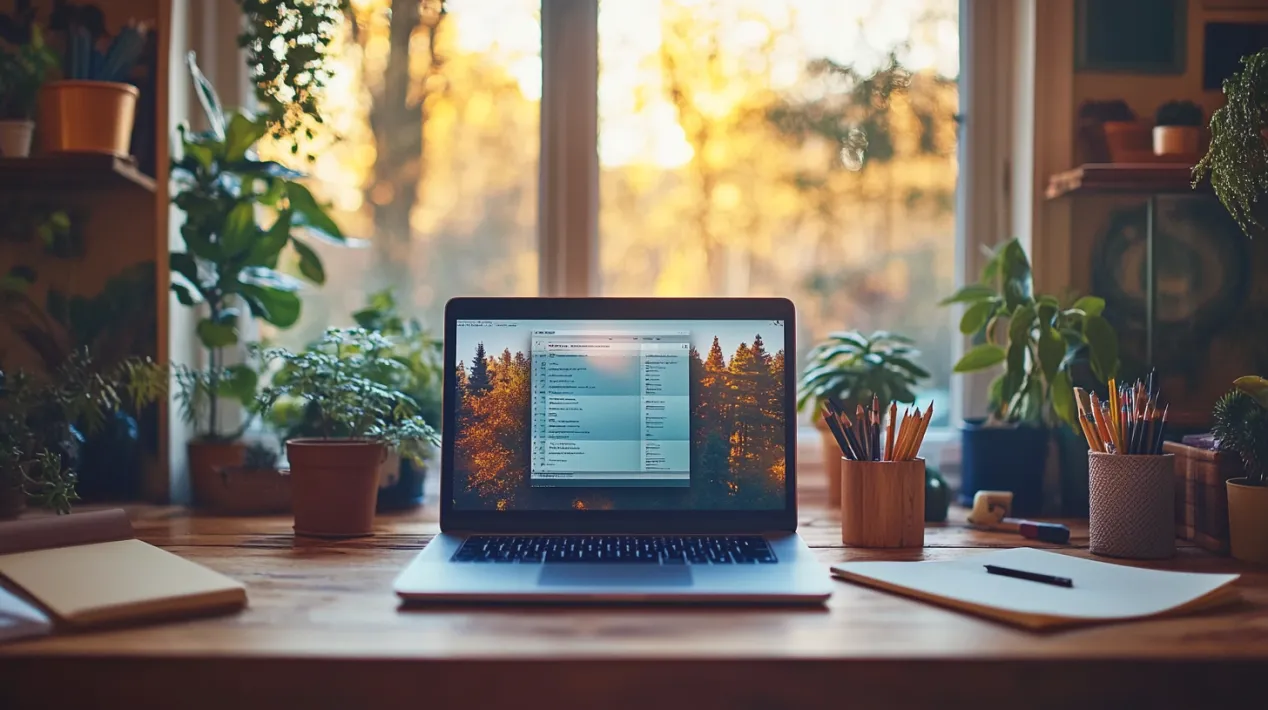
Environmental Impact: The Unseen Cost of Fluid Interfaces
Beyond accessibility, “Liquid Glass” has sparked controversy over its environmental implications. The real-time rendering of reflections and animations demands significant processing power, potentially shortening the lifespan of devices and driving up energy consumption. Critics argue this contradicts Apple’s public commitment to carbon neutrality by 2030, as noted in a Greenpeace report. The increased demand for hardware upgrades to support these effects could contribute to electronic waste, a growing concern as the tech industry grapples with sustainability.
This environmental critique adds a layer of complexity for designers aiming to align with eco-conscious branding. At Almax Agency, we integrate sustainability into our creative processes, drawing inspiration from The Power of Mascots in Branding Strategies for Maximum Impact, where eco-friendly messaging can strengthen brand loyalty. The debate around “Liquid Glass” underscores the need for a balanced approach, weighing visual innovation against its ecological footprint—a topic that’s gaining traction in design circles.
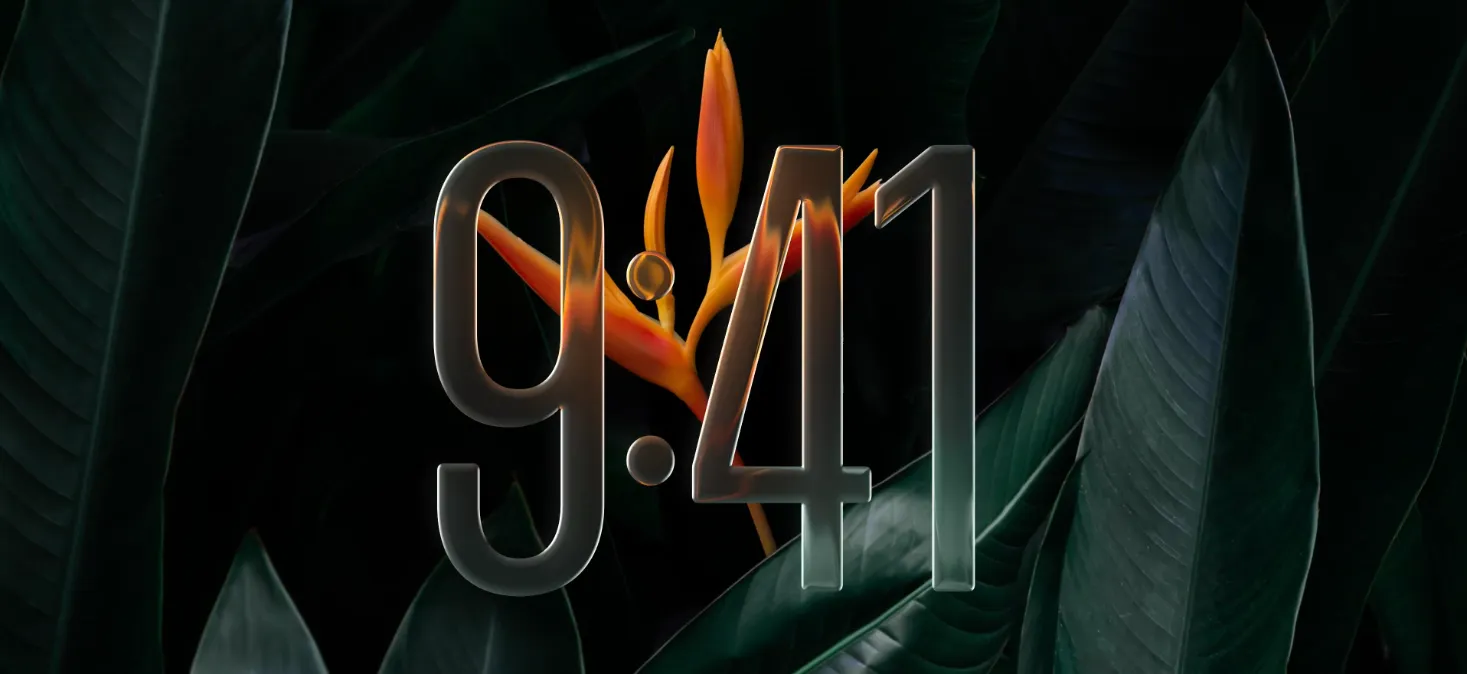
How “Liquid Glass” is Shaping 2025 Web Design Trends
The influence of “Liquid Glass” extends far beyond Apple’s ecosystem, reshaping web design trends in 2025. Its emphasis on fluidity, interactivity, and adaptive layouts aligns with the predictions in our analysis Future of Social Media Design: 2025’s Leading Styles, Colors, and Trends. Designers are experimenting with translucent overlays, soft gradients, and dynamic backgrounds, inspired by Apple’s lead, to create engaging user experiences. However, adapting these effects to non-Apple platforms—such as Android or Windows—requires careful consideration of performance and compatibility.
Tools like Figma have become indispensable for prototyping “Liquid Glass” effects, allowing designers to test transparency and lighting in real-time. Additionally, Adobe XD offers robust features for simulating adaptive interfaces, enabling teams to iterate quickly. This trend pushes the industry to innovate with solutions like customizable contrast settings and lightweight animations, a practice we showcase in our cutting-edge projects on Behance, where inclusivity meets creativity.
Practical Strategies to Harness “Liquid Glass” Responsibly
For web designers eager to adopt “Liquid Glass,” a thoughtful strategy is essential to mitigate its risks. Begin by using Google Lighthouse to audit contrast ratios, readability, and keyboard navigability, ensuring compliance with WCAG 2.1 standards. Conduct user testing with diverse groups—individuals with visual impairments, color blindness, and motor challenges—as recommended by Nielsen Norman Group, to identify and address accessibility gaps early in the design process.
At Almax Agency, we advocate a hybrid approach: use “Liquid Glass” as an accentuating element, such as headers or hero sections, while pairing it with solid, high-contrast backgrounds for critical content like forms and navigation menus. This balances innovation with usability, a principle we’ve refined through our leadership in the design industry, as recognized in our Top 10 Web Design Agencies Worldwide in 2025 ranking. Incorporate adjustable settings—allowing users to toggle transparency or increase contrast—via CSS variables, ensuring a personalized experience.

Addressing Common Challenges in Implementation
Implementing “Liquid Glass” isn’t without hurdles. Designers may overcomplicate layouts, risking navigation confusion, while developers might prioritize aesthetics over ARIA (Accessible Rich Internet Applications) labels under tight deadlines. To counter this, establish a detailed checklist at each design phase—structure, components, navigation, testing—ensuring no detail is overlooked. Our experience teaches that clear communication and iterative reviews between teams prevent these pitfalls, keeping accessibility at the forefront.
Performance is another concern, as real-time rendering can strain older devices. Optimize assets using tools like ImageOptim to reduce file sizes without sacrificing quality, maintaining a balance between visual flair and load speed. This proactive approach ensures “Liquid Glass” enhances rather than hinders the user experience.
The Future Outlook: A Defining Moment for Accessibility
The long-term impact of “Liquid Glass” remains uncertain, but its influence is undeniable. Apple’s dominance suggests it could set a new benchmark for UI design, provided it evolves to address accessibility and environmental critiques. Industry watchers predict that competitors like Google and Microsoft may respond with their own adaptive interface solutions, potentially integrating AI-driven contrast adjustments, a trend we’re monitoring closely.
At Almax Agency, we’re committed to guiding clients through this transition, leveraging our expertise to craft designs that lead rather than follow. The next few months will be pivotal—will “Liquid Glass” redefine accessibility, or will it serve as a lesson in overreach?
Case Studies: Learning from Early Adopters
Early adopters of “Liquid Glass”-inspired designs offer valuable lessons. A leading e-commerce site implemented translucent headers, boosting engagement by 15% due to its modern appeal, but saw a 10% drop in form completions until contrast was adjusted. Similarly, a media platform enhanced its video player with adaptive overlays, increasing watch time by 20%, though it required extensive testing to ensure subtitle readability. These examples underscore the need for a balanced approach, a strategy Almax Agency excels at, drawing from our inclusive design ethos.
Conclusion: Navigate “Liquid Glass” with Confidence
Apple’s “Liquid Glass” is a bold stride into 2025 web design, offering a visually stunning yet contentious path forward. At Almax Agency, we view it as both an opportunity to innovate and a call to action to prioritize accessibility and sustainability. By adopting a strategic, user-centered approach—leveraging tools, testing rigorously, and aligning with eco-conscious principles—you can harness this trend to elevate your digital presence. Dive into this journey with us—explore our Behance portfolio and contact our team to transform your next project into a masterpiece of modern design.


